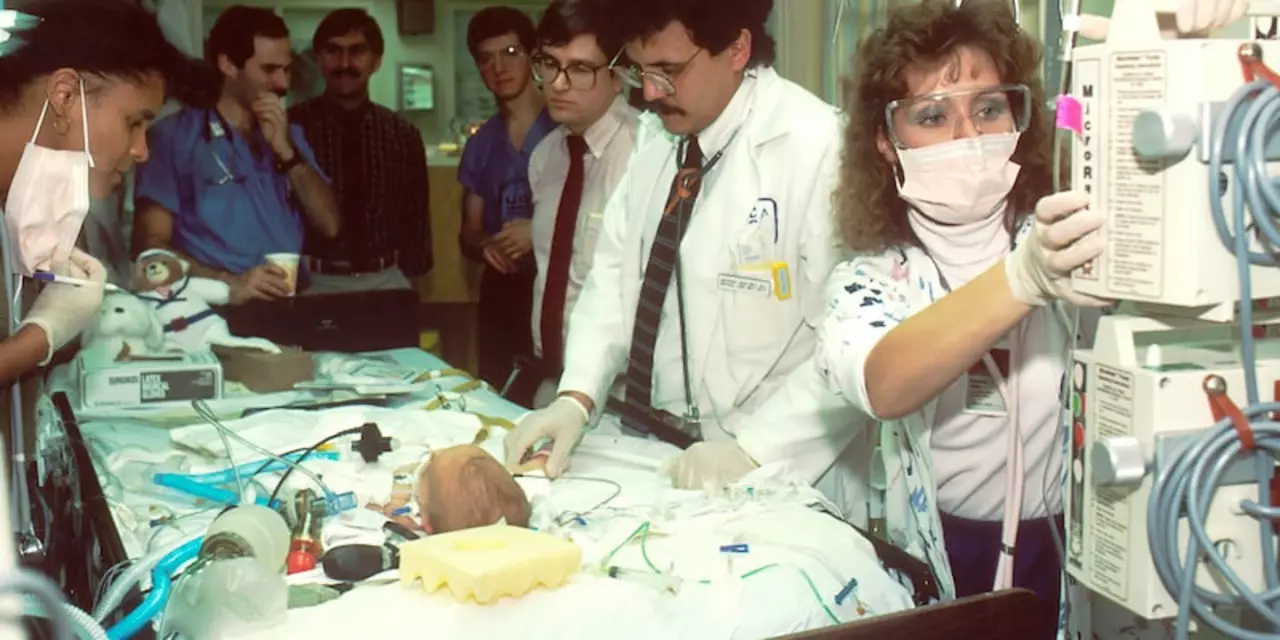Privatized healthcare can provide better access to medical services for the poor. It can reduce costs associated with medical treatments and increase the quality of care. Private healthcare providers can offer more flexible options, such as lower rates for preventative care and more affordable payment plans. Private healthcare providers can also reduce the cost of medications, provide more efficient care, and reduce wait times for appointments. Finally, privatized healthcare can help the poor access services that are not available from public providers.
Healthcare Access and Equity: Can Privatized Care Help the Poor?
When you think about health care, you probably picture a big public hospital or a private clinic. But what if private providers could actually make it easier for people on a tight budget to get the care they need? That idea sounds controversial, yet many low‑income families are already seeing benefits from private options.
How Private Care Can Reach Low‑Income Communities
First, private clinics often have shorter wait times. If a public hospital is full, you might wait weeks for an appointment. A private practice can slot you in within days, which matters when you’re dealing with a sudden illness or injury. Faster service means less time off work and fewer complications.
Second, private providers sometimes offer lower‑cost preventive services. Think of a basic check‑up, vaccinations, or blood pressure screening. These services can be packaged at a price that fits a modest budget, especially when the provider partners with community programs that subsidize the cost.
Third, payment flexibility is a big plus. Many private clinics let you pay in installments, use sliding‑scale fees, or accept health‑saving‑account (HSA) funds. This flexibility turns a big, scary bill into manageable monthly payments, which is a lifesaver for families living paycheck to paycheck.
Fourth, private pharmacies often negotiate better drug prices. By buying in bulk or working directly with manufacturers, they can pass on discounts for essential medicines. Lower medication costs can make a huge difference for people with chronic conditions who need meds every month.
Things to Watch Out For
Even with these perks, private health care isn’t a free‑for‑all. Some clinics focus on profit and may push unnecessary tests or pricey treatments. It’s important to ask why a test is needed and whether there are cheaper alternatives.
Another concern is insurance coverage. Not all private providers accept every insurance plan, and some plans have high co‑pays. Before you schedule an appointment, check if the clinic is in‑network and what your out‑of‑pocket costs will be.
Quality can vary, too. While many private doctors are highly qualified, others may not have the same level of experience as those in large teaching hospitals. Look for reviews, ask about credentials, and don’t be shy about asking about the doctor’s training.
Lastly, accessibility matters. A private clinic might be closer to a wealthy neighborhood but far from low‑income areas. Mobile health units, telemedicine, and community‑based partnerships can bridge that gap, but they need support to reach the people who need them most.
So, can privatized health care help the poor? The answer isn’t a simple yes or no. It works when private providers offer affordable, flexible, and high‑quality services that complement public options. When they do, low‑income families get faster care, cheaper medicines, and more control over their health spending. When they don’t, the gap widens, and people end up paying more for less.
The key is balance. Public systems should keep funding essential services, while private players fill in the gaps with innovative, affordable solutions. If policymakers, insurers, and providers can cooperate, you’ll see a health‑care landscape where everyone—no matter their income—gets the care they deserve.
